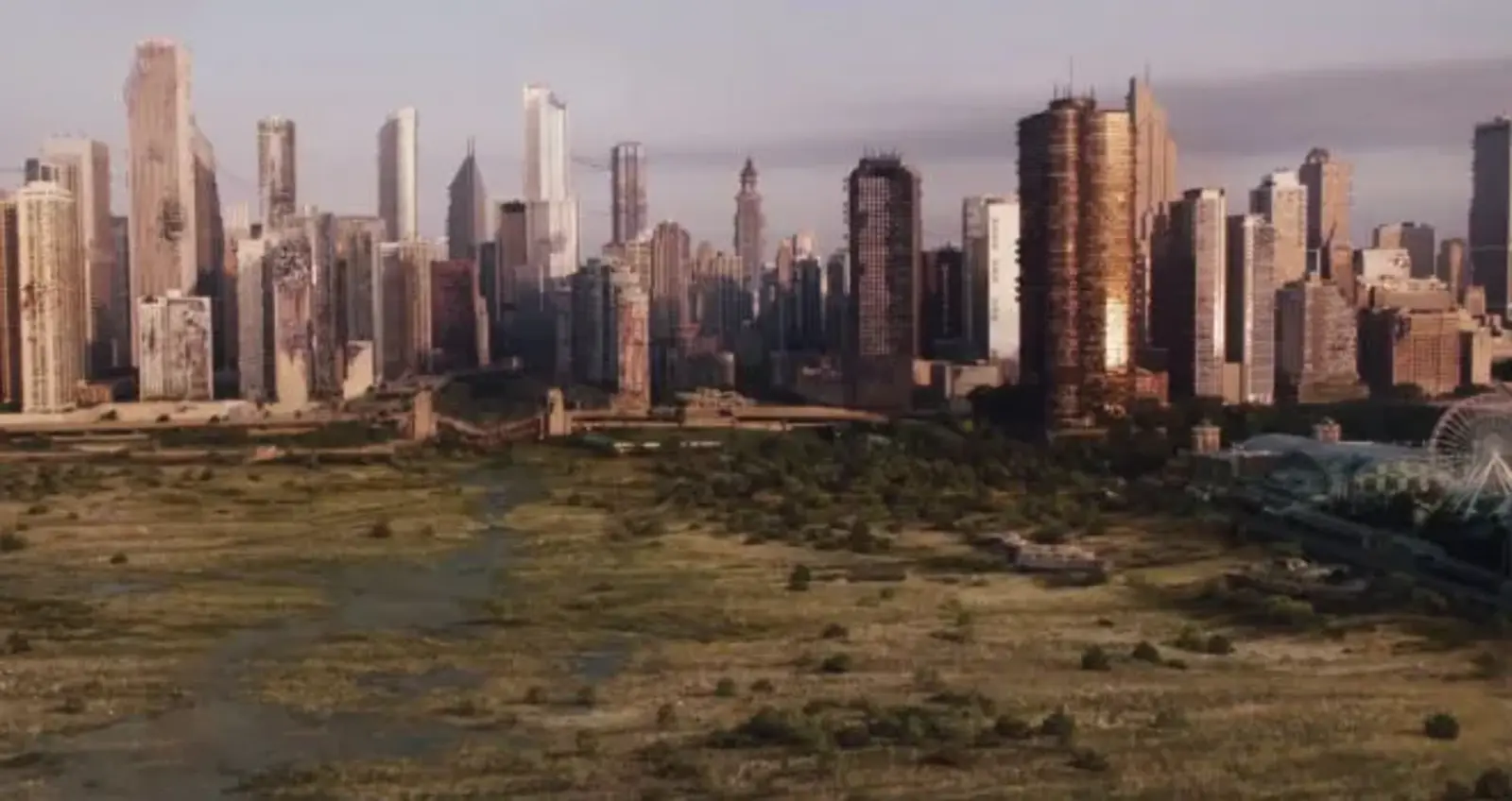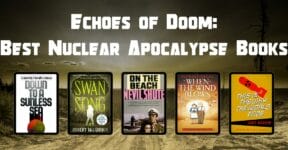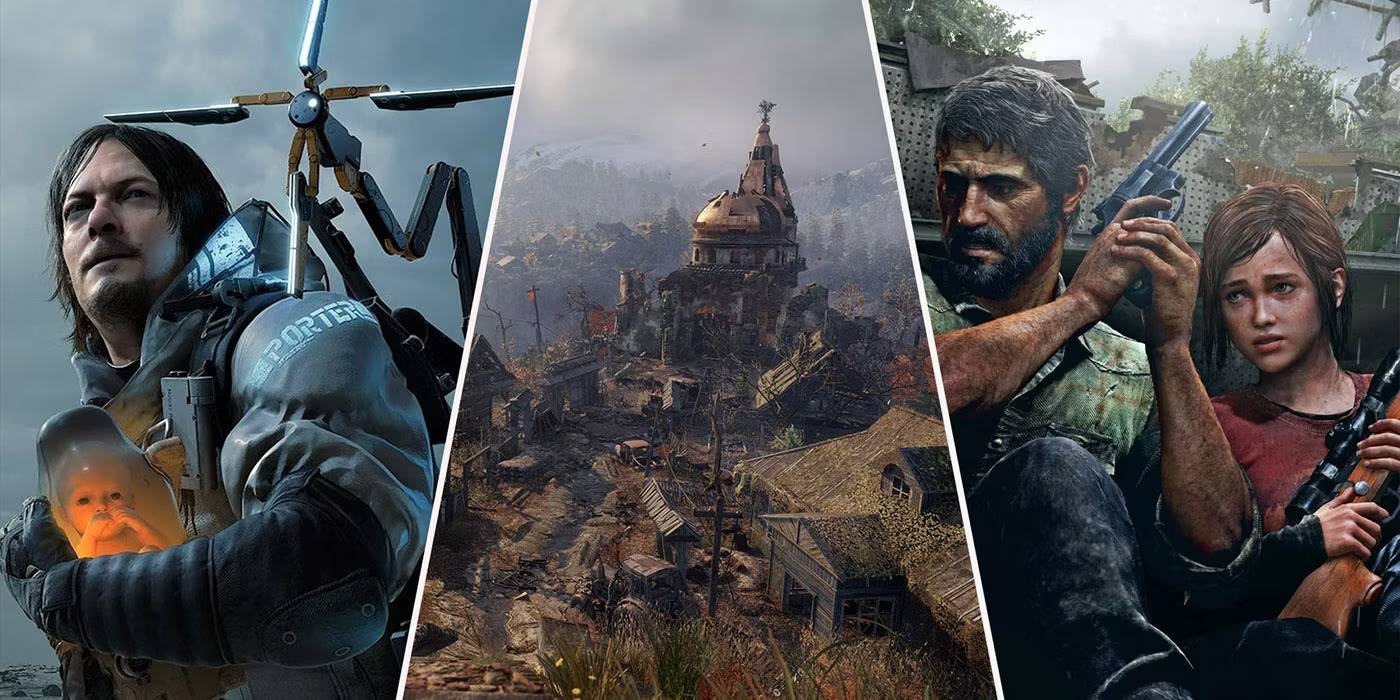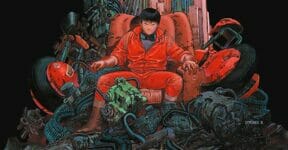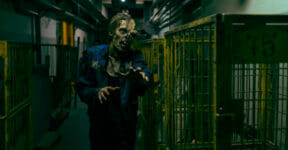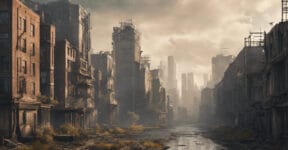The apocalypse is not here, yet. No one knows how the world will look like after a nuclear disaster, climate change, zombie outbreak, uncontrollable pandemic, or the most likely to happen of the all, alien invasion. Most people can only make general predictions about the dystopian future; they mention nothing specific like what is going to happen to the zoo in any particular city or whether any particular building in a random town will collapse. Truth be told, we also have no idea how post apocalyptic Chicago, Illinois will be in the aftermath of a doomsday.

But we can be brutally practical and take our cues from an already-completed reference known as “Divergent” directed by Neil Burger. The film is based on Veronica Roth’s 2011 novel of the same name.
What Happened to Chicago
Set in the far flung future high-tech city of Chicago, the government decided to eradicate genes associated with the tendency to commit murders and other major crimes from humanity. The film didn’t explicitly mention whether the genetic engineering was done only in the United States or the entire world. Most people in Chicago undertook the modification, but a small group of citizens despised every bit of the procedure. These critics eventually prevailed, took over the government, and began treating genetically-altered people as second class citizens.
Conflicts ensued. At first, the battles involved conventional weapons and so the damage could have been much worse. Things went completely wayward when the conflicts turned into full-blown civil war armed with biological weapons. There were hints of nuclear disasters, but no one really mentioned it clearly. By the time the war was over, half of the population of North America had been killed and Chicago reduced to piles of rubbles. The conflicts brought upon the United States a level of destruction much more severe than the Civil War.
Post Apocalyptic Chicago
Suburbs are now in ruins and almost completely abandoned. Since the rest of the United States fare no better, Chicago decides to isolate itself and builds fences around its borders as the authority continue to wage wars against the genetically modified citizens. Covert experiments are still happening, spearheaded by the Bureau of genetic Welfare. According to the bureau leader the eastern part of the country is an outright dystopia where the government implements strict control and police brutality runs rampant, while the west reverts back to the old, well, wild west.
All the typical elements of a post-apocalyptic landscape are here. Decrepit towns, barren wastelands, and recognizable landmarks have become shadows of their glorious days. It is almost supernatural, although you’re not dealing with ghosts but only saddening memories of a once great city.
If you’ve played The Last of Us or Horizon Zero Dawn before, you’re probably led to think that a post-apocalyptic Chicago is just about the same as what you saw in those games. Imagine the nature slowly taking over the civilization and creating a new world that’s green and full of life. The landscape is reasonable pleasant to the eyes with the environment crawling back to reclaim the land, but heartbreaking at the same time when we realize humans could have done better.
In Chicago, however, there are no such things. The nature still hasn’t found its way back to retake everything that’s been stolen from them. A former hub of culture, technology, and commerce is now sprinkled with crumbled highways and collapsed. You can’t see vegetations climbing to the top of skyscrapers; only the broken metal skeletons of what used to be proud architecture. Lake Michigan, the most likely place in the entire city where a greenery could have spung up, is waterless and covered with dry grass. It is a desert marsh, not a great lake of North America.
On the shoreline of the marsh is the decaying Navy Pier; the iconic Ferris wheel is now a safety hazard rather than a playful thing. What you knew as the Millennium Park, where people enjoyed green outdoor spaces and public arts, has turned into scattered piles of rusty metal beams. Most areas in the outskirts of the city center are practically inhabitable and in shambles, although the Willis Tower and nearby buildings remain in good shape.
Other prominent landmarks such as the Cloud Gate and the Buckingham Fountain are still in place, but much have been changed that you barely recognize them if not for historical records. Cloud Gate has become known as “the bean” because the former name just seems too good to hear. The fountain is no longer in use, and no one cares anyway. The Art Deco Merchandise Mart in downtown Chicago is intact, except it is now called the “Merciless Mart” and used as base by one of the warring factions.
We think Chicago’s nickname “Windi City” still rings true even in the post-apocalyptic time. The monicker used to be a mockery for how the local politicians were full of hot air as mentioned by a New York Sun reporter in 1893. In the aftermath of an apocalypse, a wind of another kind blows all over the city; it is also full of hot air, carrying seeds of destruction much more dangerous than even the biggest tornado the city has ever gone through.
Other Things You Might Want to Know
What movies depict an apocalyptic Chicago?
Apart from the Divergent film series, you have Beginning of The End (1957), Streets of Fire (1984), and Category 6: Day of Destruction (2004).
How many novels are there in the Divergent series?
The novel series consists of three main volumes including: Divergent, Insurgent, and Allegiance, followed by Four: A Divergent Collection (a collection of short stories from the three previous novels) and finally an epilogue titled We Can be Mended.
Have all the novels been made into films?
No, only the main three novels have been adapted to films of the same titles. The rumored fourth film was canceled and development for TV series is no longer in discussion.
Check out other articles by month:

